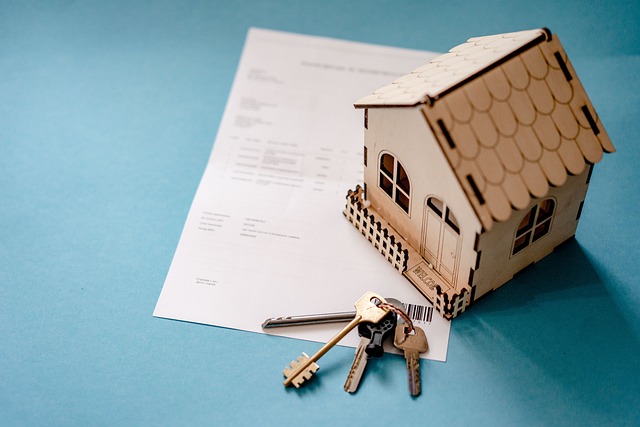Understanding Rent to Own Homes: A Comprehensive Guide
Rent to own homes, also known as lease-to-own or lease-option agreements, offer a unique pathway to homeownership for those who may not qualify for traditional mortgages. This alternative approach combines elements of renting and buying, providing potential homeowners with a flexible option to transition from tenants to property owners over time. Let's explore the intricacies of rent to own homes and how they can be a viable solution for aspiring homeowners.

What are the benefits of rent to own homes?
Rent to own homes offer several advantages for both potential buyers and property owners. For tenants, this arrangement provides an opportunity to build equity while renting, lock in a purchase price, and improve their credit score before applying for a mortgage. It also allows time to save for a down payment and closing costs. For property owners, rent to own agreements can attract long-term tenants who are more likely to care for the property, as well as secure a future sale at a predetermined price.
What are the potential drawbacks of rent to own agreements?
While rent to own homes can be advantageous, there are potential risks to consider. Tenants may forfeit their option fee and accumulated rent credits if they decide not to purchase the home or cannot secure financing by the end of the lease term. Additionally, if property values decline, tenants may be obligated to purchase the home at a price higher than its current market value. For property owners, the main risk is the possibility of missing out on significant appreciation if the agreed-upon purchase price ends up being lower than the future market value.
How to find rent to own homes in your area?
Finding rent to own homes requires a bit more effort than searching for traditional rentals or homes for sale. Start by contacting local real estate agents who specialize in rent to own properties. Online real estate platforms and websites dedicated to lease-option agreements can also be valuable resources. Additionally, attending foreclosure auctions and networking with property investors may lead to rent to own opportunities. It’s essential to thoroughly research any potential deals and work with a real estate attorney to review all agreements before signing.
What should you consider before entering a rent to own agreement?
Before committing to a rent to own home, carefully evaluate your financial situation and long-term goals. Consider factors such as the purchase price, monthly rent payments, and the portion of rent that will be credited towards the purchase. Review the terms of the option fee, which is typically non-refundable, and understand the conditions under which you may lose your right to purchase the property. It’s crucial to have a clear plan for improving your credit score and saving for a down payment during the lease period to increase your chances of qualifying for a mortgage when the time comes to buy.
What are the typical costs associated with rent to own homes?
Rent to own homes often involve several costs that differ from traditional rentals or purchases. Here’s a breakdown of the typical expenses:
| Cost Component | Description | Typical Range |
|---|---|---|
| Option Fee | Upfront payment for the right to purchase | 1-5% of purchase price |
| Monthly Rent | Regular rental payment | Market rate + premium |
| Rent Premium | Additional amount applied to future purchase | $100-$500 per month |
| Maintenance | Responsibility for repairs (varies by agreement) | Varies |
| Purchase Price | Agreed-upon future selling price | Set at contract signing |
Prices, rates, or cost estimates mentioned in this article are based on the latest available information but may change over time. Independent research is advised before making financial decisions.
When considering a rent to own home, it’s essential to understand that while the option fee and rent premium contribute to your future purchase, they are typically non-refundable if you decide not to buy the property or cannot secure financing. Additionally, the purchase price is often set higher than the current market value to account for potential appreciation during the lease period.
In conclusion, rent to own homes offer a unique path to homeownership that can benefit both potential buyers and property owners. By understanding the process, weighing the pros and cons, and carefully considering the financial implications, individuals can make informed decisions about whether a rent to own agreement aligns with their long-term housing goals. As with any significant financial decision, it’s advisable to consult with real estate professionals and financial advisors to ensure that a rent to own home is the right choice for your specific situation.






